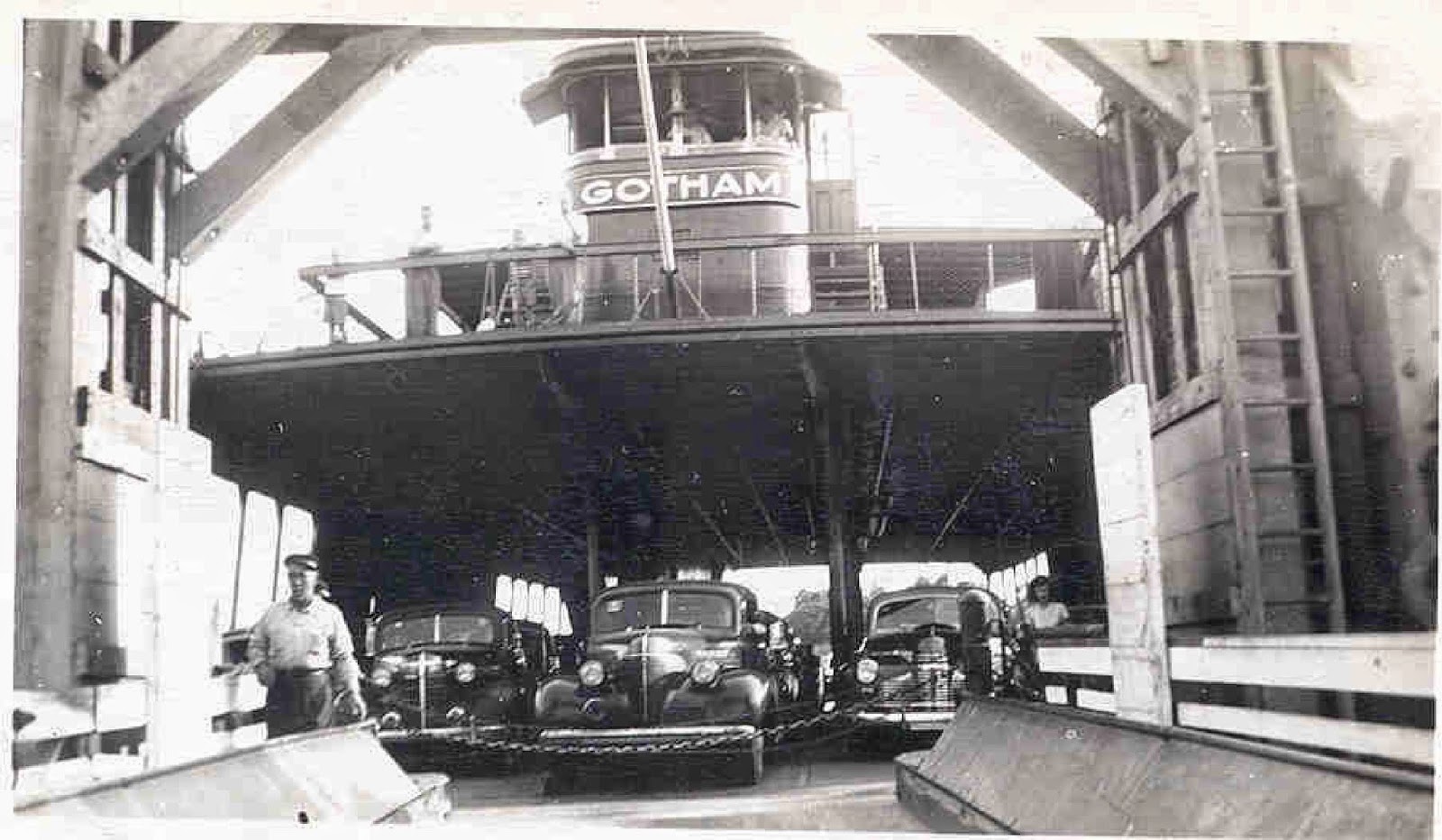Canal
bridges in the Chesapeake City area – circa 1907 – 1949: Long Bridge, part 2

Here
you can see a horse and buggy coming off long bridge and headed for the South
Side’s City Dock. In the distance the large building is the great Masonic Hall,
and over to the far right side (south) is the Basin (now the location of the
Chesapeake Inn). Straight ahead is the Causeway, which would eventually lead to
Bethel Road. This area of the Causeway would be the place to be back in the
early 1900s. There were many shops in the Masonic Hall and along the street. A
store and an ice cream parlor were on the right side, and farther down was the
old firehouse. It was moved to the South Side’s West Biddle Street and can be
seen in its recently renovated condition. Several establishments were located
in the Masonic Hall: a ladies clothing and hat shop, a second-floor barber
shop, and on the third floor movies were shown. Cousin John Sager told me that
when he was a boy he would go there to watch the movies and help his father,
Jay, run the projector. In those times, if you wanted to visit the North Side,
you’d have to walk or ride your horse across Long Bridge, go all the way down
the Causeway, past the Corps of Engineers’ superintendent’s building, and
finally make a left to cross the canal via High Bridge to Hemphill Street. You
could also take a shortcut and cross by being brave enough to walk, tightrope
style, across the lock gate to Lock Street. To do this you’d have to take a
left before the Masonic Hall and walk down the “pathway to the lock.”









































